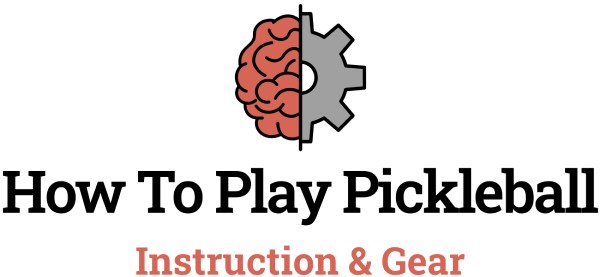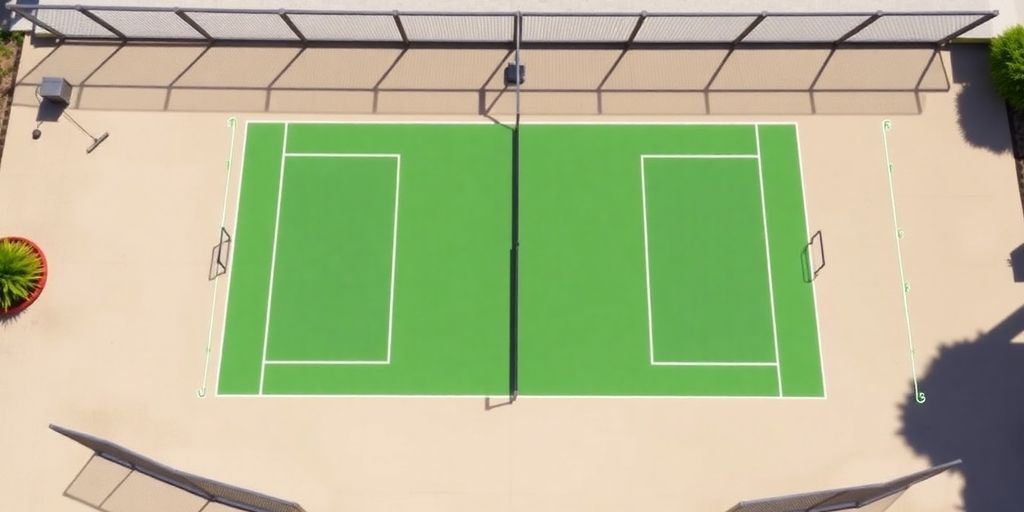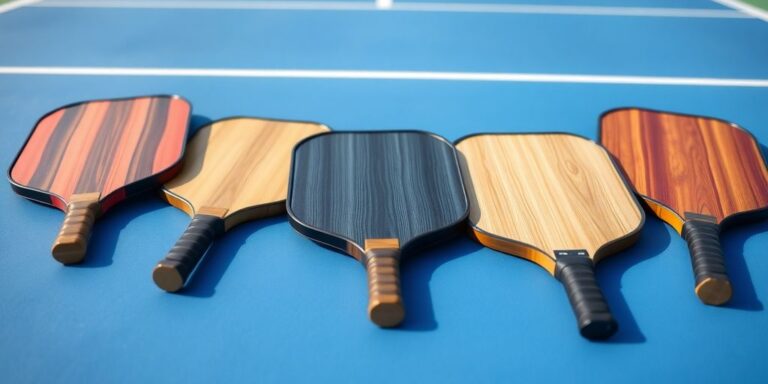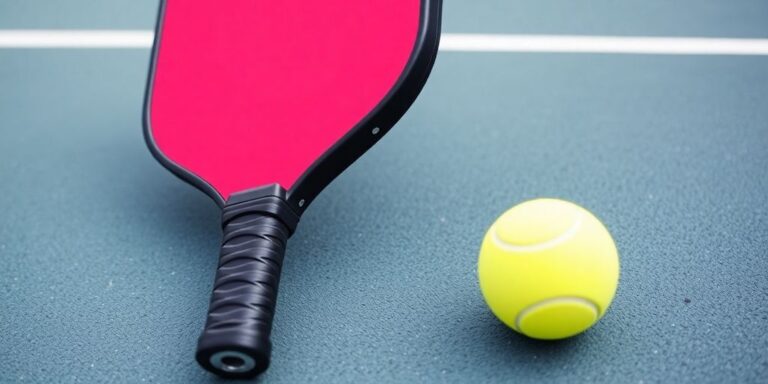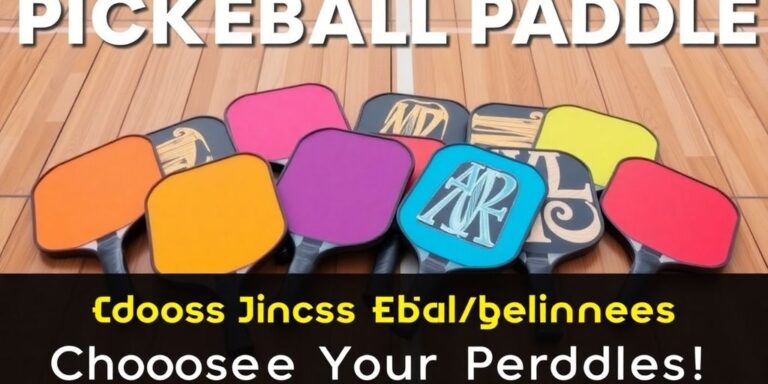Pickleball is gaining traction as one of the fastest-growing sports, blending elements from tennis, badminton, and ping-pong. Whether you’re a player or looking to build a court, understanding the dimensions of a pickleball court is essential. This guide will break down everything you need to know about court sizes, construction, and practical considerations for both players and builders.
Key Takeaways
- A standard pickleball court measures 44 feet long and 20 feet wide, suitable for both indoor and outdoor play.
- Key components include a net, non-volley zones, service areas, and clearly marked boundaries.
- Proper court surface and orientation can significantly affect gameplay and player experience.
- Building a court can be a DIY project, but professional installation ensures accuracy and compliance with regulations.
- Consider different play formats and maintenance needs when designing or building a pickleball court.
Understanding The Dimensions Of A Pickleball Court

Standard Court Size
When you’re getting into pickleball, one of the first things to wrap your head around is the court size. A standard pickleball court measures 20 feet wide and 44 feet long. This is the same for both singles and doubles play. It’s good to know these dimensions because they affect how you move and strategize on the court. The pickleball court size is smaller than a tennis court, which makes for a faster-paced game.
Key Components of the Court
Understanding the different parts of a pickleball court is key to playing well. Here’s a quick rundown:
- Net: The net is 36 inches high in the center and 34 inches high at the sidelines. This height affects your shots, especially dinks and volleys.
- Non-Volley Zone (NVZ): Also known as the "kitchen," this area extends 7 feet from the net on both sides. Players can’t volley the ball while standing in this zone. It’s a crucial area for strategic play.
- Service Areas: These are the areas on either side of the centerline, beyond the NVZ. You must serve from behind the baseline and within these areas.
- Baselines and Sidelines: These mark the outer boundaries of the court. Knowing where these lines are is essential for keeping the ball in play.
Importance of Accurate Measurements
Accurate measurements are super important for fair play and consistency. If the court isn’t the right size, it can throw off your game and create disputes. Whether you’re setting up a temporary court or building a permanent one, double-checking the measurements is a must. The essential rules of pickleball depend on these measurements.
Getting the dimensions right ensures that everyone is playing by the same rules and that the game is as fair as possible. It also helps with player development, as consistent court sizes allow players to adapt their strategies and skills effectively, no matter where they play. If you are looking to improve your pickleball skill levels, make sure you practice on a court with the correct dimensions.
Construction Considerations For Pickleball Courts
So, you’re thinking about building a pickleball court? Awesome! It’s more than just slapping down some lines. There are a few things to keep in mind to make sure you end up with a court that’s fun to play on and lasts a good while. Let’s dive into some key construction considerations.
Choosing The Right Surface
The surface you pick really impacts the game. Acrylic is a popular choice because it’s durable and gives a consistent bounce. But there are other options too. Concrete is okay, but can be hard on the joints. Asphalt is another possibility, but it can get really hot in the sun. Consider these factors:
- Material: Acrylic, concrete, asphalt, or even specialized court surfaces.
- Texture: Affects ball speed and grip.
- Maintenance: How much work are you willing to put in to keep it in good shape?
Marking The Court Lines
Accurate lines are super important. If they’re off, the game just isn’t the same. You can use paint or tape, but make sure it’s durable and weather-resistant. The pickleball court layout is key to playing the game right. Here’s a quick rundown:
- Use official dimensions (20 feet by 44 feet).
- Make sure the lines are straight and clearly visible.
- Double-check the non-volley zone (the "kitchen") dimensions.
Orientation and Location Factors
Where you put your court matters. Think about sunlight, wind, and noise. You don’t want to be blinded by the sun every time you serve, and a constant wind can mess with the ball. Also, consider how close you are to neighbors – pickleball can get noisy!
- Sunlight: Orient the court so the sun isn’t directly in players’ eyes.
- Wind: Try to find a spot that’s sheltered from strong winds.
- Accessibility: Easy entry for players and equipment is key.
Building a pickleball court is a bit of an investment, but it’s worth it if you love the game. Take your time, do your research, and don’t be afraid to ask for help. A well-built court will provide years of fun and exercise.
Essential Specifications For Pickleball Courts
Pickleball is a game of precision, and that starts with the court itself. Getting the specifications right is super important for fair play and, honestly, just having more fun. Let’s break down what you need to know.
Net Height Requirements
The net is a pretty big deal in pickleball. It’s not just some string stretched across the middle; it has specific height requirements that can affect gameplay. The official height is 36 inches in the center and 34 inches at the sidelines. This difference creates a slight slope, which players need to consider when planning their shots. If you’re setting up a court, make sure you measure carefully! A net that’s too high or too low can really throw off the game.
Non-Volley Zone Dimensions
The non-volley zone, often called "the kitchen," is a unique feature of pickleball. It’s the area closest to the net where players can’t volley the ball. This zone extends 7 feet from the net on both sides. Understanding these court boundaries is key to playing strategically. Here’s a quick rundown:
- Purpose: Prevents players from smashing the ball right after it crosses the net.
- Size: 7 feet from the net on each side.
- Impact: Affects shot selection and player positioning.
The non-volley zone adds a layer of strategy to pickleball that you don’t find in other racquet sports. It forces players to be more thoughtful about their shots and approach to the net.
Service Area Specifications
Serving in pickleball might seem simple, but there are rules to follow. The service area is divided into right and left sections. Players must serve diagonally across the net, landing the ball within the opposite service area. Here are some key points:
- Serves must be underhand.
- The paddle must contact the ball below the wrist.
- The serve must clear the net and land within the diagonal service area.
Getting the serve right is important, and knowing the pickleball court dimensions helps a lot. A bad serve can give your opponent an easy point, so practice makes perfect!
Differences Between Indoor And Outdoor Courts
Surface Material Variations
Okay, so the big difference you’ll notice right away is the surface. Indoor courts usually have a smoother, more forgiving surface, like a synthetic material. This can be easier on the joints. Outdoor courts? They’re often asphalt or concrete. These are tougher and can affect the ball bounce a bit differently. It’s something you get used to, but it’s definitely a factor.
Lighting and Visibility
Lighting is a huge deal, especially if you’re playing at night. Indoor courts have controlled lighting, so you always have good visibility. Outdoor courts? You’re at the mercy of the sun. You might have to deal with glare or shadows, which can make it tough to see the ball. Proper lighting is key for outdoor play, especially if you plan on playing in the evenings.
Wind and Weather Considerations
Outdoor pickleball is a whole different ball game because of the weather. Wind can seriously mess with your shots, and rain? Forget about it. Indoor courts are climate-controlled, so you don’t have to worry about any of that. Here’s a quick rundown:
- Wind: Affects ball trajectory and serve accuracy.
- Sun: Can cause glare and impact visibility.
- Rain: Makes the court slippery and unplayable.
Playing outdoors means you’re always adapting to the elements. It can add a fun challenge, but it also means you might have to call it quits if the weather gets too bad. Indoor courts offer a consistent playing experience, no matter what’s happening outside. For indoor pickleball balls, you’ll want to make sure you have the right equipment.
DIY vs. Professional Court Construction

Benefits of Professional Installation
Okay, so you’re thinking about building a pickleball court. Cool! You might be tempted to save some cash and do it yourself. I get it. But let’s be real, there are some serious perks to hiring a pro. A professionally installed court is more likely to meet official standards, ensuring consistent play and preventing future headaches.
- Accuracy: Pros know the pickleball court dimensions inside and out. They’ll get those lines straight and the net at the perfect height.
- Quality Materials: They use the good stuff that lasts, not the cheapo options that’ll crack after one winter.
- Warranty: Most pros offer some kind of guarantee on their work. If something goes wrong, they’ll fix it.
Building a court isn’t just slapping down some concrete and painting lines. It’s about proper grading, drainage, and surface preparation. Messing that up can lead to standing water, cracks, and an uneven playing surface. Trust me, you don’t want that.
Common DIY Mistakes
Alright, so you’re still leaning towards DIY? Fine, but be warned, there are pitfalls aplenty. I’ve seen some backyard courts that are… well, let’s just say they’re not exactly Wimbledon. Here are some common mistakes to avoid:
- Inaccurate Measurements: This is huge. If your court isn’t the right size, it’s not a real pickleball court. Get a reliable measuring tape and double-check everything.
- Poor Surface Preparation: Don’t just paint lines on your cracked driveway. You need a smooth, level surface for consistent ball bounce. Consider a court tile snap-together system for an easier install.
- Ignoring Drainage: Water is the enemy. Make sure your court has proper drainage to prevent puddles and ice buildup.
Cost Considerations
Okay, let’s talk money. DIY is usually cheaper upfront, but it can cost you more in the long run if you mess things up. Professional installation is pricier, but you’re paying for expertise and peace of mind. Here’s a rough breakdown:
| Item | DIY Cost | Professional Cost | Notes |
|---|---|---|---|
| Materials | $500 – $2,000 | Included | Depends on surface type, paint, net, etc. |
| Labor | Your Time | $2,000 – $8,000 | Varies based on location, court size, and complexity. |
| Equipment Rental | $100 – $500 | Included | For grading, concrete mixing, etc. |
| Potential Rework Costs | $??? | $0 | Fixing mistakes can be expensive. |
Ultimately, the decision depends on your budget, skills, and how much you value your time. If you’re handy and detail-oriented, DIY might be a good option. But if you want a hassle-free experience and a court that will last, hiring a pro is the way to go. Don’t forget to join a local pickleball league once your court is ready!
Tailoring Courts For Different Play Formats
Adjustments for Singles Play
Okay, so you want to play singles? No problem! While the court dimensions stay the same, the way you play changes a lot. You’re covering the whole court yourself, so strategy and stamina become super important. Think about it:
- More running.
- More strategic shot placement.
- Less reliance on a partner to cover ground.
It’s a different beast altogether. You might find yourself favoring longer rallies and trying to wear down your opponent. Singles is a great workout!
Doubles Game Adaptations
Doubles is where a lot of the social fun of pickleball comes in. You’ve got a partner, so teamwork is key. Court positioning, communication, and knowing your partner’s strengths are all important. Here’s the thing:
- Communication is key.
- Poaching becomes a factor.
- Court coverage is shared.
In doubles, you really need to be on the same page as your partner. Knowing when to switch sides, who’s taking the shot, and covering for each other makes all the difference. It’s a game of strategy and coordination, not just individual skill.
Versatility in Court Usage
Pickleball courts are pretty versatile. You can even convert existing tennis courts by marking the baseline. A single tennis court can actually accommodate up to 4 pickleball courts. This makes it easy to switch between singles and doubles, or even have multiple games going on at once. Plus, you can use temporary lines to mark the non-volley zone if you’re sharing space. It’s all about making the most of what you’ve got!
Practical Insights For Potential Court Owners
Estimating Construction Costs
Okay, so you’re thinking about putting in a pickleball court. Awesome! But let’s talk money. The cost can swing wildly depending on what you’re after. Are we talking basic backyard setup, or a competition-ready court? Things like the surface material, who you hire (DIY vs. pros), and even where you live will impact the final bill. Don’t forget to factor in the price of pickleball nets too.
Selecting The Ideal Location
Location, location, location! It’s not just for real estate. When picking a spot for your court, think about a few things:
- Space: You need enough room not just for the court itself, but also for players to move around safely. Standard pickleball court dimensions are key.
- Accessibility: Can people easily get to it? Is there parking nearby? Think about players of all ages and abilities.
- Environment: A flat surface is a must. Also, consider wind and drainage. You don’t want a court that’s constantly flooded or buffeted by strong gusts.
Putting in a court is a big deal, so take your time to find the right spot. A little planning now can save you a lot of headaches later.
Long-Term Maintenance Planning
So, you’ve got your court. Great! Now, how do you keep it in tip-top shape? Here’s the deal: outdoor courts take a beating from the weather. Sun, rain, snow – it all adds up. Indoor courts are easier, but still need some love. Here’s what to think about:
- Regular Cleaning: Sweep or wash the surface to get rid of dirt and debris. This helps prevent wear and tear.
- Resurfacing: Over time, the surface will wear down. Plan to resurface every few years to keep it playable. Consider the benefits of professional installation for longevity.
- Net Care: Check the net regularly for damage. Replace it when needed. A saggy net ruins the game.
- Line Maintenance: Court lines fade. Re-paint them as needed to keep them clear. This is especially important for competitive play. Don’t forget to find a pickleball partner to test out your court!
If you’re thinking about owning a court, there are some important things to consider. First, make sure you understand the costs involved, like maintenance and staffing. Also, think about the location and how it will attract players. For more tips and detailed advice, visit our website today!
Wrapping It Up
So, there you have it! Understanding the dimensions of a pickleball court is pretty straightforward, but it’s super important for both players and builders. Whether you’re looking to play a casual game or build a court yourself, knowing the right measurements can make all the difference. Remember, a standard court is 44 feet long and 20 feet wide, and it’s designed to keep the game fun and fair. If you’re planning to build one, keep in mind the surface, layout, and other details we discussed. With the right setup, you’ll be ready to enjoy countless hours of pickleball, whether you’re playing with friends or competing in a tournament.
Frequently Asked Questions
What are the measurements of a pickleball court?
A pickleball court is 44 feet long and 20 feet wide.
How tall should the net be?
The net should be 36 inches high in the middle and 34 inches high at the sides.
What is a non-volley zone?
The non-volley zone, often called the ‘kitchen’, is a 7-foot area on both sides of the net where players cannot hit the ball.
Can I build my own pickleball court?
Yes, you can build your own court, but hiring professionals can help ensure it’s done correctly.
What surfaces can be used for pickleball courts?
Pickleball courts can be made of various surfaces, including asphalt, concrete, or special sports tiles.
What should I consider when choosing a location for my court?
Look for a flat area with enough space for the court and consider sunlight and wind conditions.
